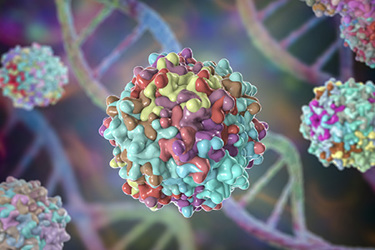Emulate Liver-Chip: A More Human-Relevant Model To Advance AAV-Based Gene Therapies

Gene therapies have the potential to correct genetic defects and cure diseases, but one major challenge is delivering enough molecular material into target cells. Many laboratories have used adeno-associated viruses (AAVs) as vehicles for delivering genetic material. However, the same labs have faced limitations in studying AAVs with conventional models, such as 2D cell cultures and animal models. The Emulate Liver-Chip offers a more human-relevant way of testing viral vectors, allowing researchers to assess transduction efficiency and toxicity. AAV-based therapy development has been slow and costly due to the lack of good pre-clinical models. The Liver-Chip accurately replicates human physiology and can help accelerate gene therapy development, reduce clinical trial attrition, and bring new products to patients faster. The Liver-Chip co-cultures human hepatocytes and liver sinusoidal endothelial cells, providing a better representation of human in vivo liver tissue. Learn more about the Emulate Liver-Chip and why it is a promising tool for advancing AAV gene therapy.
Get unlimited access to:
Enter your credentials below to log in. Not yet a member of Pharmaceutical Online? Subscribe today.
